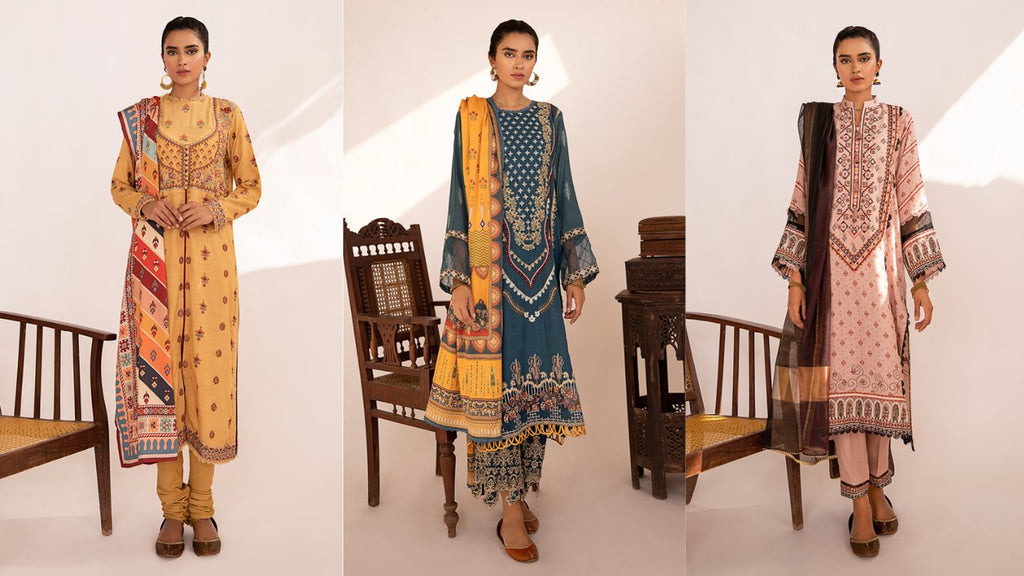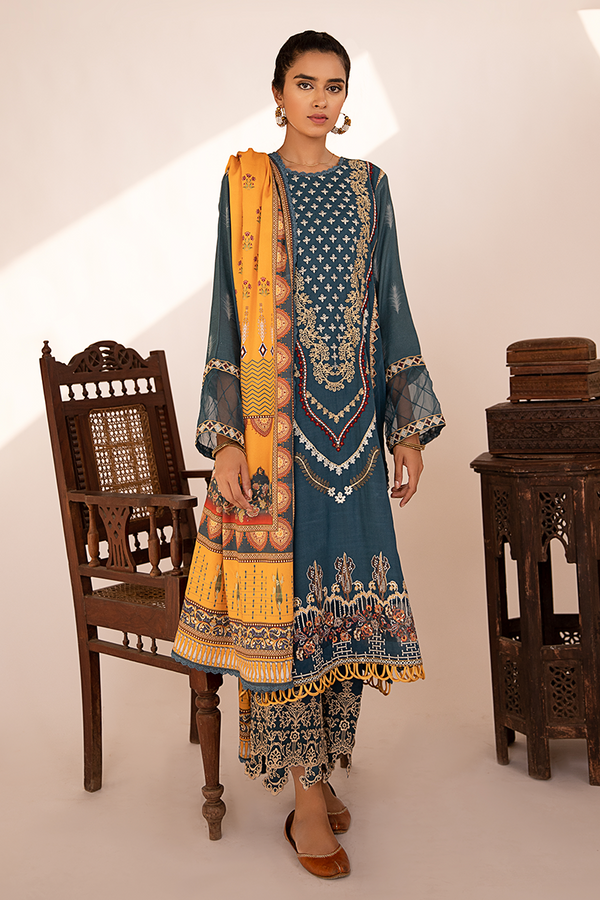5 Amazing Things to Know About Linen to Up Your Fabric Game
Posted by SHOPIFY API

Linen is one of the most common fabrics, and hence it’s a wonder why most of us still don’t know much about it. In today’s era of artificial material, which is well past the age of cotton, all laundry always gets referred to as linen. This fabric was once so precious that it got used for wrapping the bodies of mummies in Egypt. It contributed to the preservation of ancient treasures. Linen is procured from the flax plant and is extremely sturdy, durable and highly absorbent. Like other materials, this fabric can get embroidered or printed on to create different designs and patterns according to the creative vision of fashion designers.
History & Origin of Linen

The earliest evidence of linen getting manufactured dates back to 4000 years ago in Egypt. Due to the difficulties faced in the production process, clothes made out of this fabric could only be afforded and worn by wealthy members of the society. The Egyptians were in trade with Phoenicians who were responsible for supplying linen to the Mediterranean region.
Later on, through the trading process, this fabric reached Ireland, where the most systematized means of producing flax took place. Linen filtered to England and eventually came to India during the British rule. India started producing this fabric as well to cater to the needs of the British.
Benefits of Linen

People often get confused between linen and cotton, but linen is 2-3 times more potent and dries faster than cotton. It also has a porous nature which makes it the perfect fabric for summer clothes and bedding. It also has a reputation of holding the dye colours together than any other material. Therefore, the diversity of colours that it is available in is undeniable. The best part about linen is its anti-bacterial nature because of which it is popularly used in home decoration also.
There are a few downsides of this fabric as well. It has little elasticity because of which it can wrinkle, and it’s a bit more expensive than cotton. However, linen remains a favorite and a smart choice for many as it was when it got discovered centuries ago.
Uses of Linen and How to Wear It

This fabric is widely embraced by the designers in the fashion industry to create garments like dresses, shirts and ethnic wear like sarees, salwar kameez, kurtas and more. Linen is considered as a crisp and refreshing fabric to wear in hot temperature in a subcontinent like India. Hence, wearing linen palazzos, loose-fitting pants, or pyjamas is ideal for summers in India.
This material has a fantastic fit and fall, which is best suited for formal wear. It’s also more aesthetically pleasing to pair minimalistic wooden jewellery with linen which has a rough, natural look to it. Apart from clothes, this fabric gets used in making of shoes, bags, commercial and home furnishing, industrial products, bath and bed fabrics and so on.
Linen Maintenance & Care

This fabric has a notorious reputation as it gets wrinkled fast. However, if you want to avoid this situation, then all you need to do is use high heat while ironing your linen clothes. You can even make use of spray starch along with ironing to get a smooth and crisp texture.
Make sure that the fabric is completely dry before you wear it as the wrinkles get more exaggerated when the material is damp. Just like cotton, linen also shrinks while washing. Hence, it’s advisable to wash the fabric in hot or cold water. Dry cleaning is a must if you want your linen clothing to look best.
Interesting Facts about Linen

Dyed fibres of flax got found in a cave in Georgia that date back before the modern world happened; indicating that flax has always gotten used for making clothing. In ancient Egypt, Linen was not only used to preserve the bodies of mummies but also got used as a currency by the wealthier families. This material in the middle ages got used as a shield and gambeson. It also got used as a bowstring because of its durable nature.
Today, linen gets used to make clothing, curtains, pillows, rugs, ropes and more. It is even blended with cotton to make the sturdy paper-like substance which gets used to create dollar bills. If you are convinced that this is the fabric for you, then wait no more. YourLibaas has a wide array of linen ethnic clothing waiting to get added in your shopping cart.
